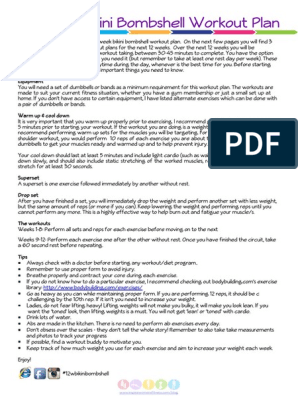0% found this document useful (0 votes)
206 views15 pagesFsie Syllabus
This document outlines the course syllabus for the Foundation of Special and Inclusive Education course with 5 sections. Section 1 introduces concepts of special and inclusive education and models of disability. Section 2 covers the history of disability and key developments in inclusive education practices in the Philippines. Sections 3 and 4 discuss gifted and talented learners, including their identification and assessment, as well as components of inclusive programs and individualized education plans for gifted students. Section 5 addresses twice-exceptional, double-labeled, and dual exceptionality students. The syllabus provides intended learning outcomes, content, learning activities, course resources, and assessment tasks for each section.
Uploaded by
Patricia Ann MacaraegCopyright
© © All Rights Reserved
We take content rights seriously. If you suspect this is your content, claim it here.
Available Formats
Download as DOCX, PDF, TXT or read online on Scribd
0% found this document useful (0 votes)
206 views15 pagesFsie Syllabus
This document outlines the course syllabus for the Foundation of Special and Inclusive Education course with 5 sections. Section 1 introduces concepts of special and inclusive education and models of disability. Section 2 covers the history of disability and key developments in inclusive education practices in the Philippines. Sections 3 and 4 discuss gifted and talented learners, including their identification and assessment, as well as components of inclusive programs and individualized education plans for gifted students. Section 5 addresses twice-exceptional, double-labeled, and dual exceptionality students. The syllabus provides intended learning outcomes, content, learning activities, course resources, and assessment tasks for each section.
Uploaded by
Patricia Ann MacaraegCopyright
© © All Rights Reserved
We take content rights seriously. If you suspect this is your content, claim it here.
Available Formats
Download as DOCX, PDF, TXT or read online on Scribd
/ 15






































































































